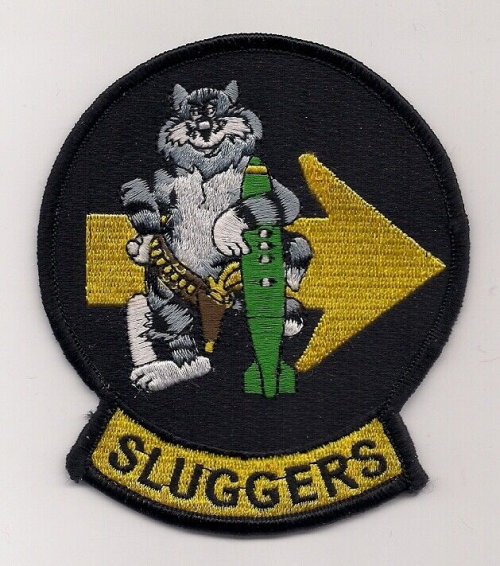https://aviationweek.com/podcasts/check-6/podcast-what-you-can-expect-fa-xx-decision
Good discussion and educated guessing by Steve Trimble and Brian Everstine.
1. Engine speculation regarding the F/A-XX engine. Thinks the winner is a derivative of a GE engine. Assumes 2 engines. F135 is too big. Brought up the F110. But what about the F414? He thinks Increment 1 F-47 will be a derivative. Same as the Navy? How does using 2 different engine impact engineering, schedule, and cost of the F-47. It worked on the F-15/16, but you would think the requirements for an adaptive engine would be different. I would be a little surprised that NGAP will not be ready. How will that impact Increment 1's range and performance if true?
I do not believe that even if Boeing won the FAXX contract, they'd be using much of the F-47. Navy wants an 800nmi strike fighter, not "you should go home 2.0"
I think F414s, even maxed out in their development, aren't going to be enough power for an ~80,000lb aircraft expected to do fighter missions in addition to striker, while F110s are.
4. Questioned the minuscule increase in range. Yeah, no kidding.
25% increase over F-35Cs
is 800nmi combat radius.
Which would not be difficult to do for an 80klb aircraft that has ~28klbs of fuel on it.
Where am I getting ~80klbs? Carrier limits. Length and width are set by the elevator limits, and while they exist we can mostly ignore them for the moment. Max takeoff weight is limited by the steam catapults because we're going to have Nimitz classes in service till ~2050. Max landing weight is limited by what the arresting gear can stop, and IIRC the Ford-class Advanced Arresting Gear isn't capable of much higher weights, it's capable of safely stopping much lighter aircraft (as in UAVs/CCAs).
Weight wise, the MTOW of a Tomcat is ~78klbs, the KA-3 "Whale" was ~83klbs, and the F-111B was up to 88klbs. Since we're
unlikely to have swing wings to help out low-speed handling, so something in the 75-85klbs range is not unreasonable to launch.
But the trick comes from the landing weight. Recovery weight of an F-14 was 55klbs, it's why they so rarely flew with 6x Phoenix missiles. They'd have
minimal fuel left, Tomcat pilots said it was "make your trap
on the first pass or hit the tanker". So that says what our "Empty weight plus weapons weight plus ~3000lbs of fuel" can be. I'm assuming a weapons load for the FAXX as roughly equal to the ATA (possibly with more AAMs): ~12,000lbs in ground-attack mode, ~9500lbs for 4xSM6 and at least 2xAMRAAM, and 5-6,000lbs for pure AMRAAMs.
55-3-12=
40klbs empty.
And a reasonable rubric for MTOW is 2x Empty Weight (checks with pretty much every jet from Teens on up). That means
80,000lbs ish MTOW, which checks with catapult max.
80-12-40=
28klbs of fuel onboard.
5. Question the role of the F/A-XX. Jack of all trades master of none issue. Which I am sympathetic to. Will the Navy be able to adequately do fleet defense?
The primary threat to the Carrier
today is not a Soviet-sized bomber attack with AShCMs. It's the AShBMs.
And you threaten AShBMs with strike aircraft, not with interceptors.
Not that an aircraft with 28,000lbs of fuel onboard won't be able to make a very nice BARCAP.





